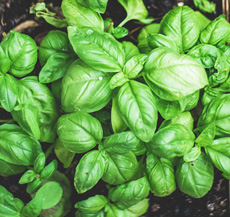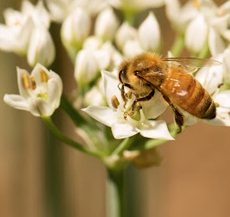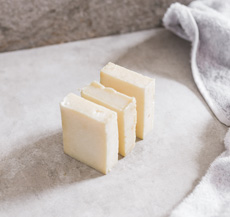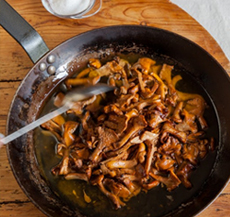Bee Happy
With the arrival of beautiful blooms and warmer temperatures, our native pollinators—Orchard Mason bees and honey bees—are now busy, busy, busy collecting pollen and nectar. Here at the farm we help foster these bee communities in two separate ways:
First up, Mason Bees make their homes in tiny holes in tree trunks, reeds, natural small nooks, or in man-made structures like our new specialized Orchard Mason bee houses which were recently installed by Dave and Beth Richards of Woodinville’s Johnny Applebees in sunny, south-facing spots here at the farm to help with crop pollination. These handmade cedar houses are filled with reed tubes that mimic the bees’ natural nesting spots. These busy, non-stinging bees are considered nature’s ‘super’ pollinators – pollinating up to more than eighty times as many flowers as honeybees do as they can work in cooler temperatures and start flying earlier in the spring, and are a welcome addition to the farm!
Then, the honey bees in our dedicated apiary are also abuzz with activity this spring, traveling from flower to flower to make honey to feed the brood in the hives. Honey bees form large organized colonies, or hives, usually in hollow tree trunks in the wild, which can contain as many as seventy-five thousand bees. The wooden bee hives we keep in the apiary usually contain around forty- to fifty-thousand female worker bees, and a single queen who lays all of the eggs to produce the young. These hives would look mighty familiar, as they are the same wood boxes that we use for our weekly deliveries! Stacked on top of each other, each two-box hive holds ten frames hanging from the inside lip of the box. This is where the bees make wax comb, store honey and pollen, and raise their young. In the spring we add extra shallower boxes to the tops of the hives, called supers, which is where the bees will store extra honey for winter; this is the honey that we can harvest from the hives.
Working from dawn to dusk, our honey bees are true ‘sun-seekers’, unable to fly in the rain, or if it’s too cold. However, on nice days, they might travel as far as five miles to collect food. Here in Western Washington their main food sources for pollen and nectar are Bigleaf maple flowers, dandelions and salmon berry flowers in the spring, and then fireweed and blackberries in late summer.
We love seeing the busy Mason and honey bees buzzing on by—they are vital to the life cycle of the gardens and orchard, and to the food they help produce!




